Culture of Ecuador, Ecuador, a country nestled on the equator in the heart of South America, is a land of incredible cultural richness and geographic diversity. Its culture is a vibrant tapestry woven from a deep history, diverse landscapes, and a fusion of indigenous, Spanish, and African influences. From the mesmerizing sounds of Andean music to the tantalizing flavours of Ecuadorian cuisine, this South American nation offers a captivating blend of tradition, innovation, and a people marked by their connection to the natural world and their resilience.
Historical Roots:
Ecuador’s cultural heritage is deeply rooted in its historical past. Before the arrival of Spanish conquistadors in the early 16th century, the region was home to a wide array of indigenous peoples, including the Inca and various tribes along the coast and in the Amazon rainforest. The Inca Empire, with its majestic capital in Cusco, left an indelible mark on the region, and their legacy continues to shape Ecuador’s culture, especially in the highlands.
Spanish colonization during the early colonial period introduced Catholicism, the Spanish language, and European customs, transforming the indigenous way of life and shaping the country’s traditions. Ecuador’s fight for independence, along with other South American nations, in the 19th century is a celebrated historical moment that defines the nation’s identity.
Cultural Diversity:
Ecuador’s cultural diversity is a reflection of its geographical variety. The country’s topography encompasses the towering Andes mountains, lush Amazon rainforests, and the Pacific coastline. These diverse regions have nurtured a wide array of customs, traditions, and ways of life.
The population of Ecuador is primarily mestizo, with a blend of indigenous and Spanish heritage. Ecuadorian indigenous communities, such as the Quechua and the Shuar, have preserved their languages, traditions, and customs. African influences are especially pronounced in the coastal regions, with communities like the Esmeraldeños and Afro-Ecuadorians adding their unique cultural elements.
Ecuadorian culture is a rich blend of indigenous, Spanish, and African influences, creating a harmonious coexistence of traditions.
Music and Dance:
Music and dance are central to Ecuadorian culture. The sounds of Andean music, with its panpipes, flutes, and traditional string instruments, evoke the country’s indigenous heritage. Instruments like the charango, a small Andean guitar, and the quena, a bamboo flute, are often used to create soul-stirring melodies.
Ecuador’s national dance, the Sanjuanito, is a lively and colourful tradition that showcases the influence of indigenous culture. Dancers often wear vibrant costumes adorned with intricate embroidery and perform choreographed routines that mimic the movements of nature, such as birds and waves.
The marimba, a percussion instrument with African origins, is prominent in the coastal regions of Ecuador and contributes to the lively and rhythmic rhythms of genres like cumbia and pasillo. Cumbia, a popular dance style, is known for its infectious beats and energetic dance moves.
Cuisine:
Ecuadorian cuisine is celebrated for its variety and rich flavours. The country’s geography offers a wealth of ingredients, from fresh seafood on the coast to exotic fruits in the Amazon rainforest. One of the most iconic Ecuadorian dishes is ceviche, a preparation of raw seafood or fish marinated in citrus juices and seasoned with herbs and spices. Each region adds its own unique twist to this culinary delight.
In the highlands, the traditional Ecuadorian dish of llapingachos is a favourite. These potato cakes are typically served with cheese, avocado, and chorizo. Additionally, locro de papa, a creamy potato soup, and fritada, fried pork served with hominy and plantains, are popular choices.
Ecuador is also known for its unique beverages. The traditional drink called chicha is made from fermented maize and is often enjoyed during festivals and celebrations. The country’s coffee and chocolate are of exceptional quality, with cacao production being a significant industry.
Art and Craftsmanship:
Ecuadorian visual arts and craftsmanship are a testament to the country’s history and cultural diversity. Indigenous communities create intricate textiles, pottery, and crafts that reflect their heritage and connection to the natural world. The Otavalo market is famous for its colourful textiles and artisanal products, including woollen goods, jewellery, and traditional instruments.
In the realm of contemporary art, Ecuadorian artists like Oswaldo Guayasamín and Eduardo Kingman have gained international recognition for their innovative works. Their art often explores social and political themes, reflecting the complex layers of Ecuadorian society.
Festivals and Traditions:
Ecuador hosts a wide array of festivals and traditions that celebrate its cultural heritage and diverse population. Inti Raymi, the Festival of the Sun, is celebrated in indigenous communities in the highlands. This ancient Inca celebration pays homage to the sun god, Inti, and includes colourful processions, music, and dance.
The Fiesta de la Mama Negra in Latacunga is a unique blend of indigenous, Spanish, and African traditions, celebrating the Virgin of Mercy and featuring vibrant costumes, music, and dances. This festival, known for its lively and colourful processions, is a true reflection of Ecuador’s cultural diversity.
Languages and Literature:
The official language of Ecuador is Spanish, and the country has a rich literary tradition. Authors like Juan Montalvo and Jorge Luis Borges have made significant contributions to world literature. Their works often explore themes of love, identity, and social justice.
Natural Beauty and Outdoor Activities:
Ecuador’s diverse geography offers numerous opportunities for outdoor activities and exploration. The country is famous for its stunning landscapes, including the towering volcanoes of the Andes and the lush Amazon rainforest. The Galápagos Islands, with their unique wildlife and pristine ecosystems, are a global treasure.
Hiking, trekking, and climbing in the Andes mountains are popular activities, with destinations like Cotopaxi and Chimborazo attracting adventurers from around the world. The Amazon rainforest provides opportunities for bird watching, wildlife observation, and unique cultural encounters with indigenous communities.
Ecuador’s coast offers excellent conditions for water sports such as surfing and snorkelling, while the Galápagos Islands provide world-class opportunities for scuba diving and eco-tourism.
Challenges and Opportunities:
Ecuador has faced various challenges, including social inequality, economic disparities, and environmental issues. Nevertheless, the country has made significant progress in areas like healthcare, education, and economic development. Its diverse culture, rich traditions, and stunning landscapes provide opportunities for tourism, cultural exchange, and economic growth.
In conclusion, Ecuadorian culture is a rich tapestry of tradition, innovation, and resilience. The fusion of indigenous, Spanish, and African influences has created a society that values its mixed heritage and celebrates it through music, dance, cuisine, and visual arts. Ecuadorians are marked by their connection to the natural world and their deep sense of pride in their unique identity and traditions. Despite challenges, the Ecuadorian culture remains a testament to the resilience and creativity of its people, offering a captivating glimpse into a nation that continues to cherish its heritage and natural beauty.


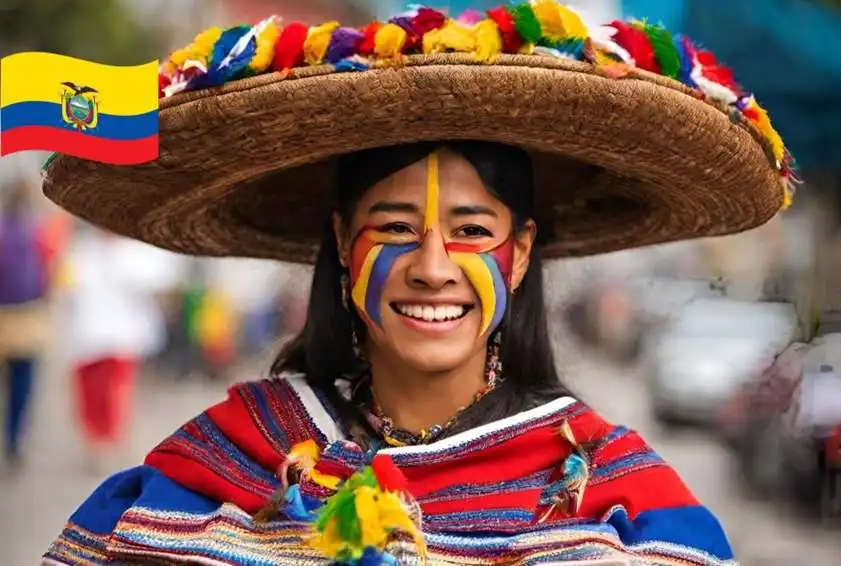
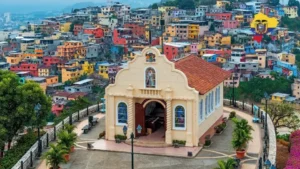
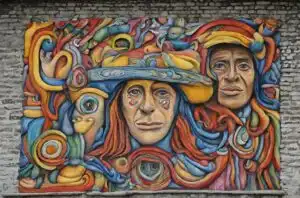
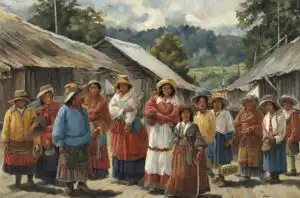
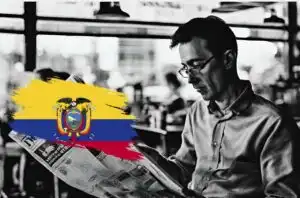
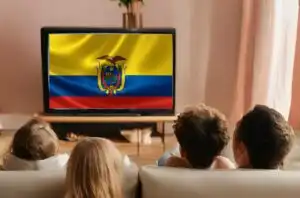
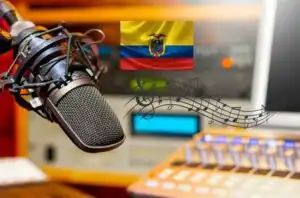
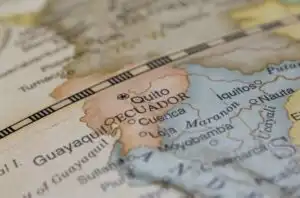
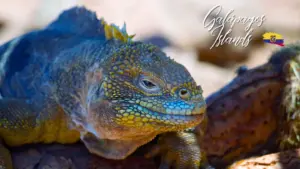
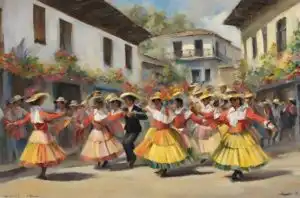
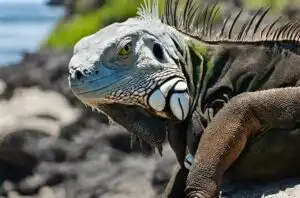
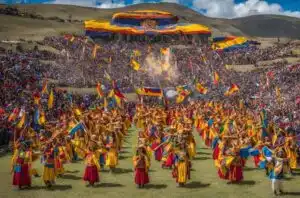
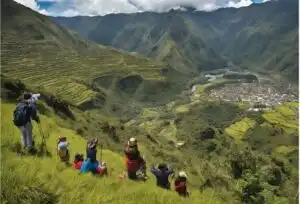

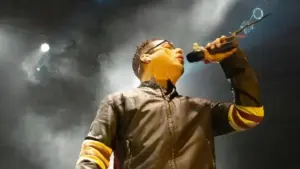
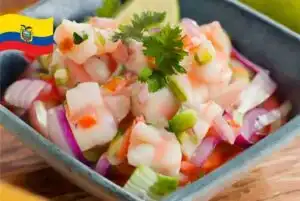
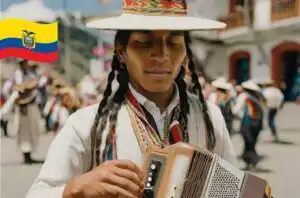
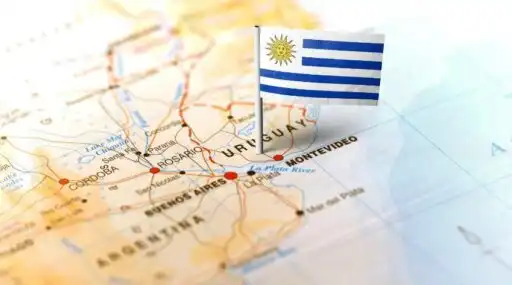

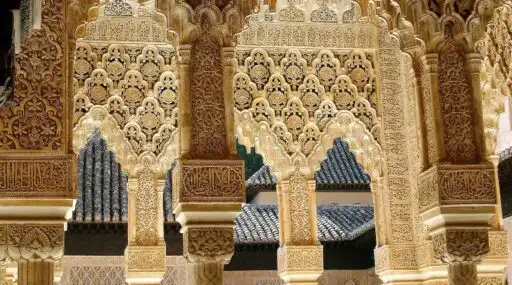
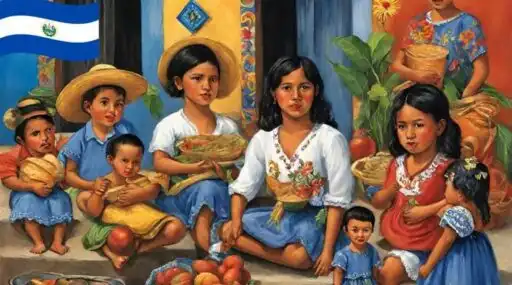
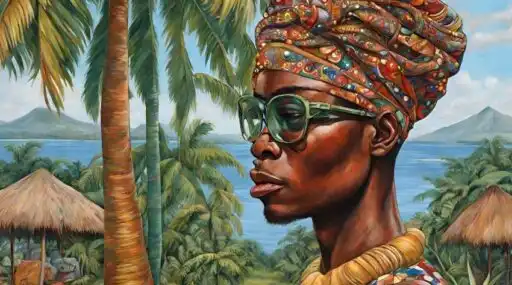
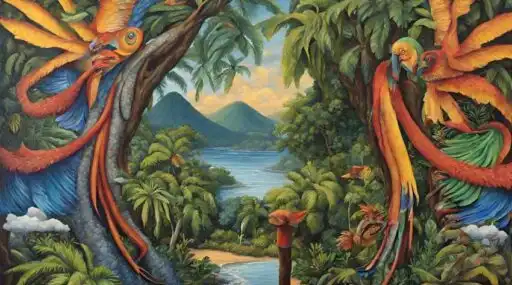
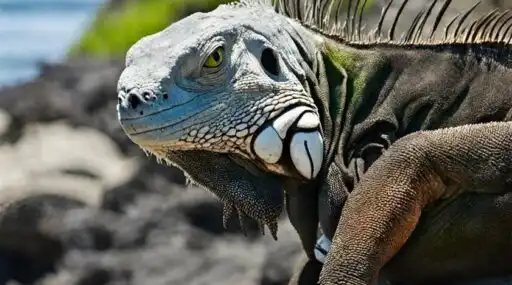
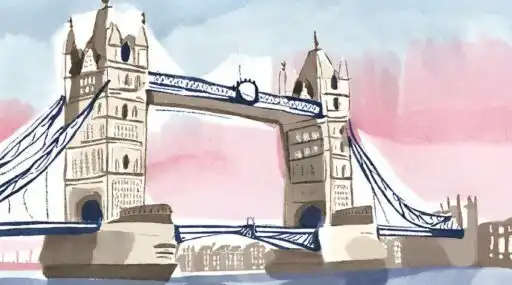
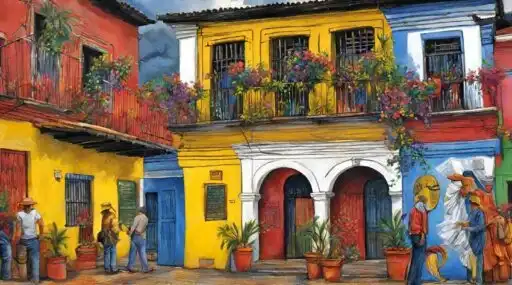
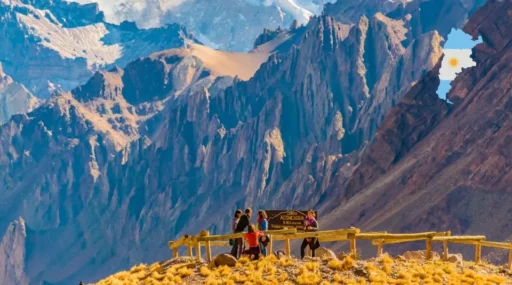
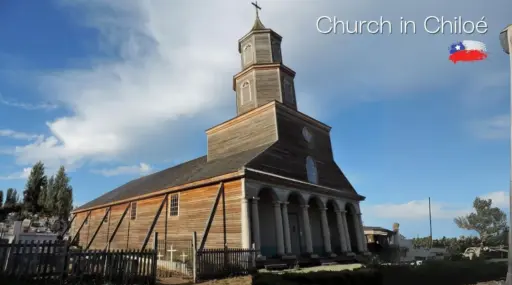

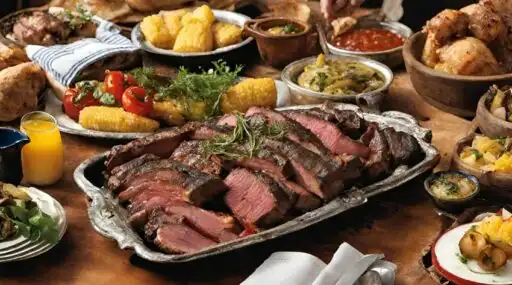
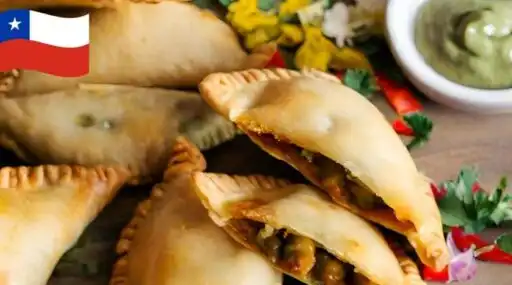
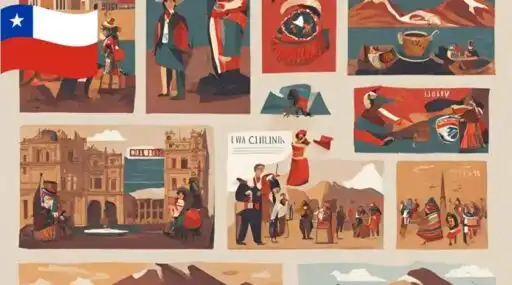

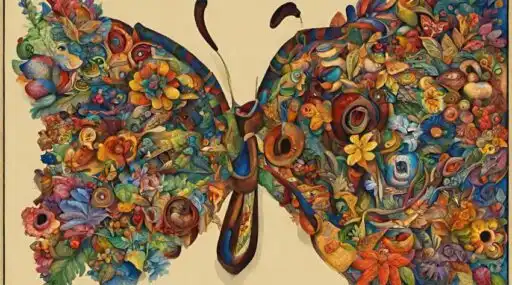
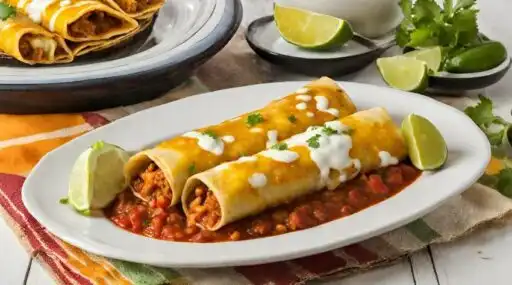
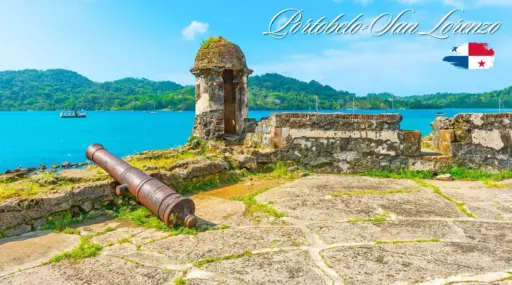
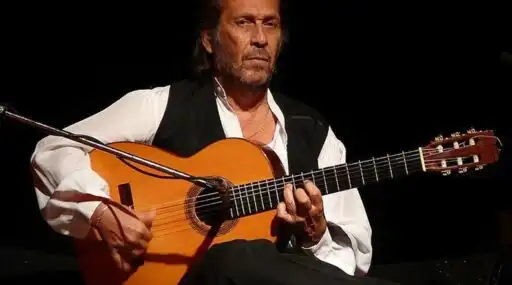
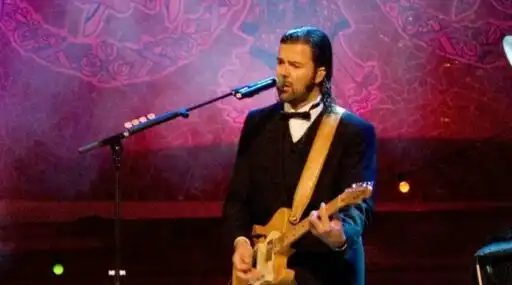
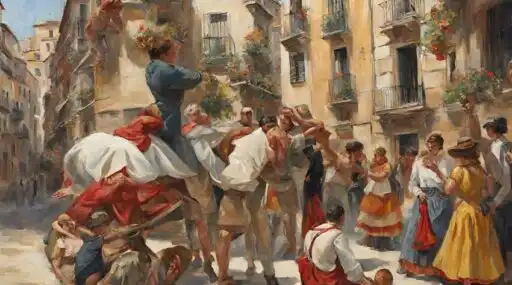
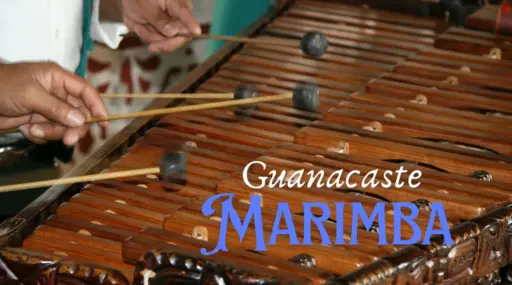
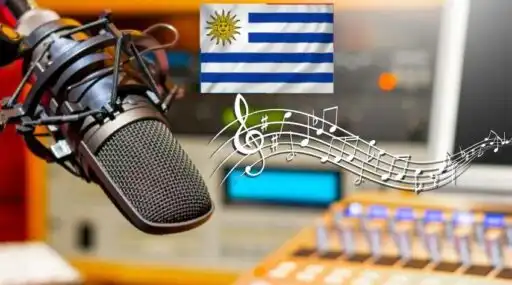
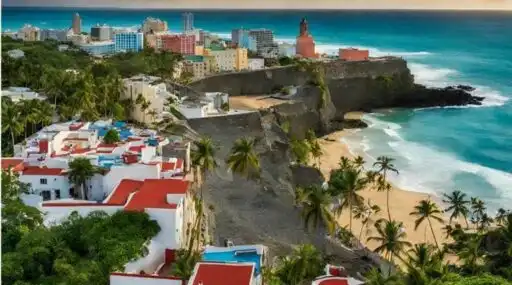
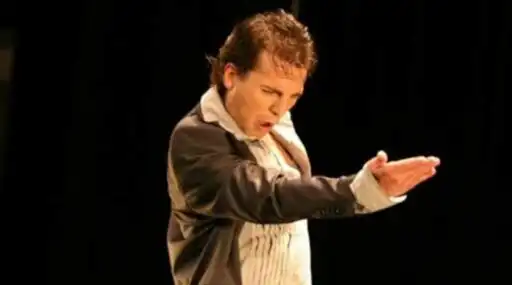
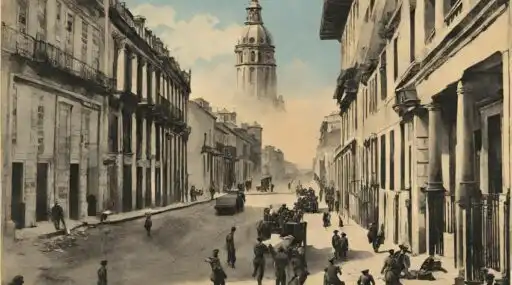
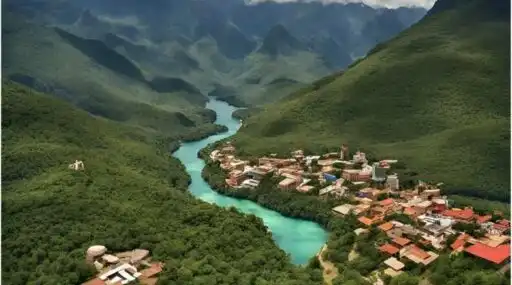
Leave a Reply